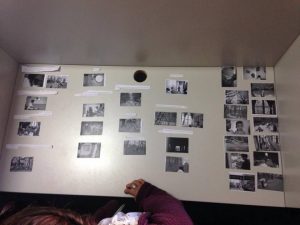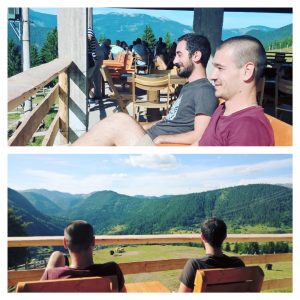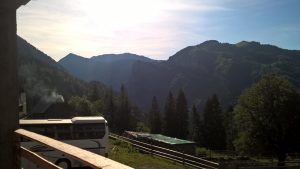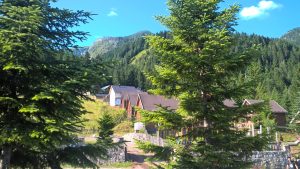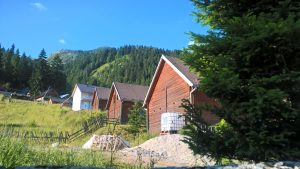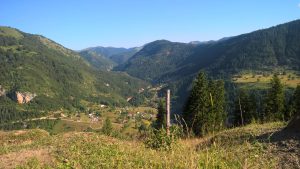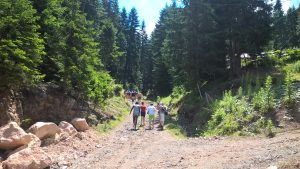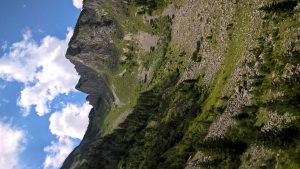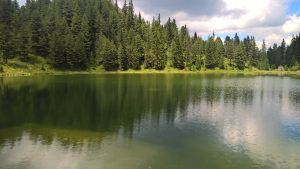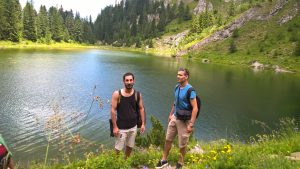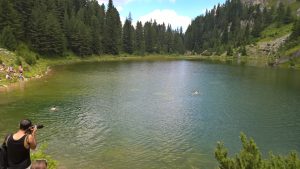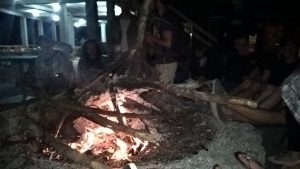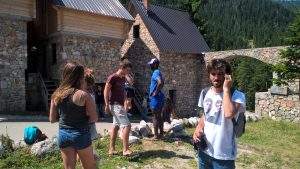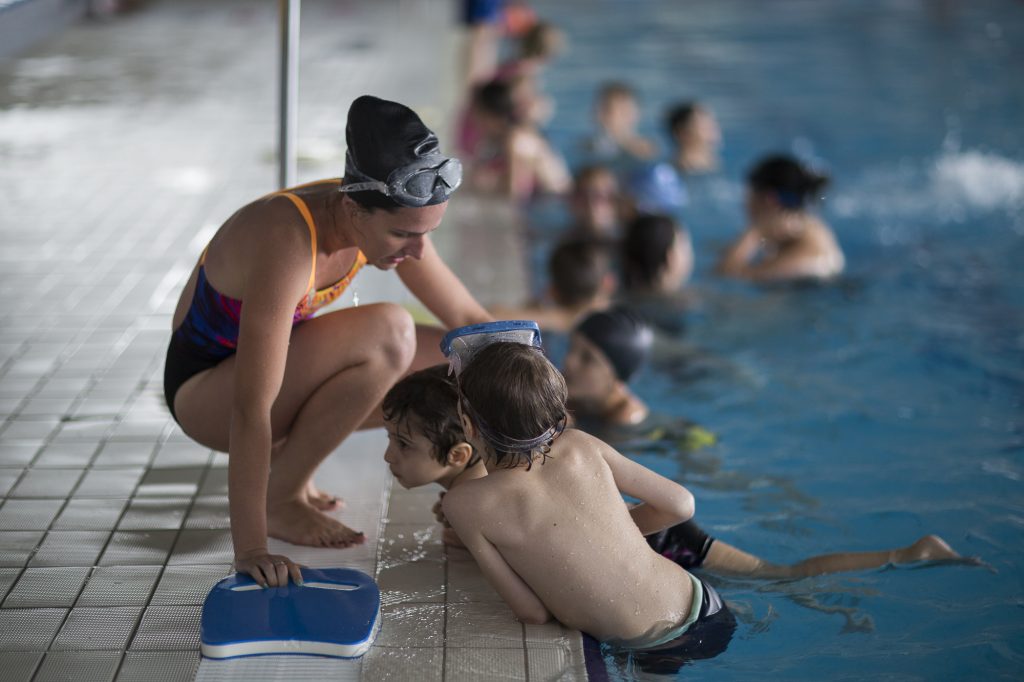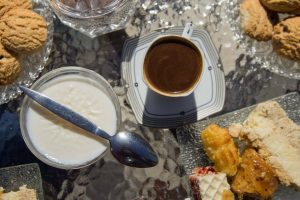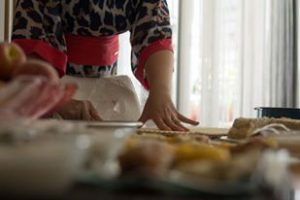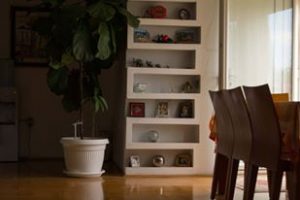When traveling to Kosovo, one of the things I was looking forward to the most was getting to know more about the culture here. On July 5, 2016 I had the opportunity to join Kaltrina Zeka and her family at their home for their Bajram celebration. Eid al-Fitr, or Bajram, marks the end of Ramadan and is full of celebrations throughout the region.
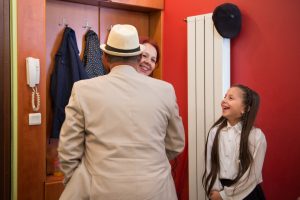
When I arrived we were given desserts and juice, typical refreshments given to guests who arrive to celebrate with the family. The men of the house were still out at the morning prayer, and while the women waited for them to return home, they began to prepare the food for the day. The main dish that was served was a rice, chicken, and roasted tomato dish called ‘byrjan me mish’. Throughout the day I was fed more and more desserts, both before and after we sat down for the main meal. The main dish ‘byrjan me mish’ was accompanied by salads, bread, grilled vegetables, another type of pastry, and fresh vegetables from their garden. Everything in the salad as well as the vegetables was picked fresh from their garden earlier that day.
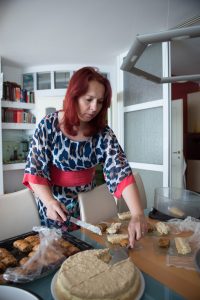

After the main meal was done and cleaned up, everyone sat down and relaxed a little bit before Kaltrina’s father, brother, herself and I headed out to visit some of their relatives. At her aunt and uncle’s house I was given even more cake and baklava. Everyone relaxed and chatted with one another before going out in the backyard for a little bit. Her brother kicked around a soccer ball while her father and uncle chatted about their garden as well as shed like structure over their grill. We didn’t stay too long, since her father had only gotten two hours of sleep the night before. When we arrived back at Kaltrina’s house, most of her family was just in their rooms relaxing out of the heat, while I watched a movie with Kaltrina, while of course eating more, cake, baklava, popcorn, and drinking tea.
I really enjoyed being able to experience this holiday and these celebrations with Kaltrina and her family. They were all so kind to invite me into their home, especially on this day of celebration, and welcomed me with open arms. I’ve learned more about their culture as well as this holiday celebrated by Muslims all around the world. I was so full from all of the delicious food and desserts that I didn’t have to eat any more for that entire.
